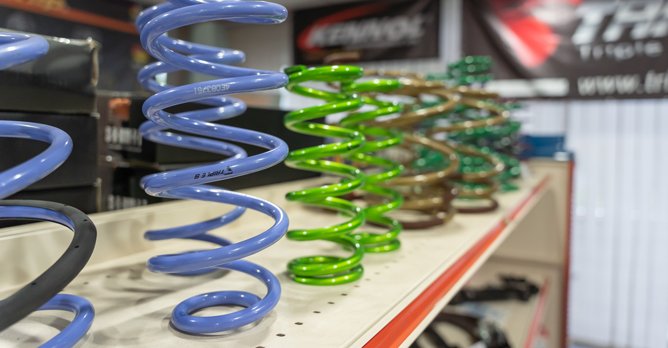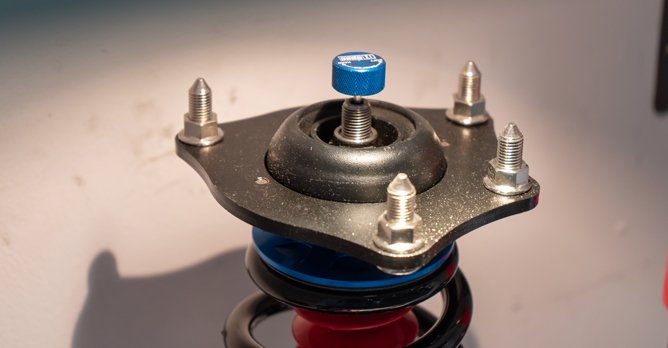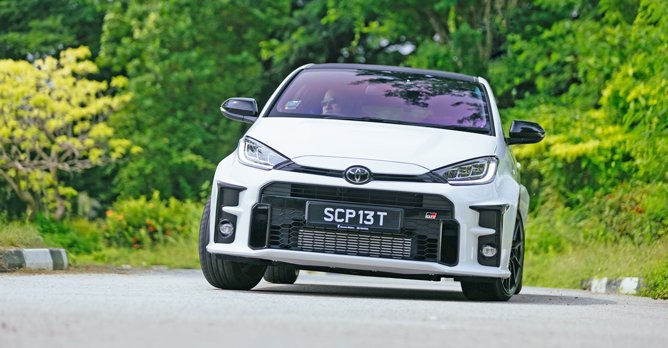Nimbler and more agile: Upgrading your car's handling
17 Jul 2022|9,016 views
Having a car with lots of horsepower and snappy acceleration is great, but there's no point if all it can do is go fast in a straight line. Most cars can do that without any issue.
However, not every model offers nice handling out of the box. Most cars need a few upgrades to enhance their ability to tackle corners.
Now, even if serpentine mountain roads don't exist on our island, there are still numerous bends and slip roads everywhere. So, if you want a bit more driving pleasure as you round them, here's how to go about it.
Going low
The first step to improving your car's handling is to enhance its stability by lowering its centre of gravity. There are two ways of going about this: lowering springs or coilovers.
Opting for the former is more cost-effective, as springs can be relatively inexpensive. If you're only changing your vehicle's ride height, that means you retain the stock dampers (shock absorbers). This preserves ride comfort.
Aimed at more advanced users, coilovers typically allow the adjustment of compression and rebound, thereby letting you tailor the suspension to your specific requirements.
Camber time
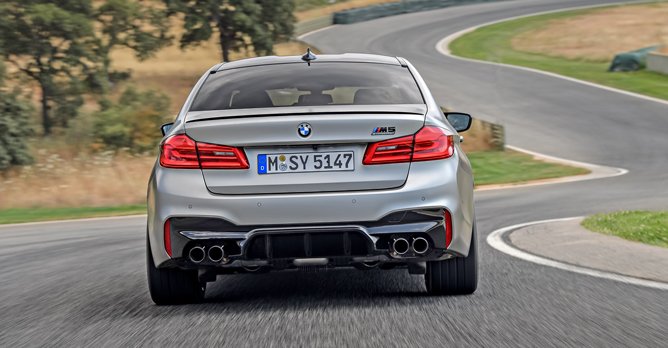
Positive camber means the wheels will 'stick out' whereas negative camber 'tucks them in'. On a hoist, they will look like they're slanted towards the centre of the car This is done so you car can exert more grip when cornering.
Too much negative camber angle, however, will result in reduced grip when driving in a straight line, as the tyres' contact patches are also at an angle and not facing directly downwards. It could also lead to irregular wear patterns.
Harder mounts and bushings
If you've already lowered your car and gave it some negative camber, but still find there's still room for improvement, then it's time to swap your stock engine mounts and suspension bushings for stiffer ones.
Stiffer engine mounts and suspension bushings reduce flex under acceleration, helping the engine transmit its power a bit more efficiently.
It's like riding a bicycle with a carbon fibre frame: You (the engine) can transmit power (pedal) more efficiently to the wheels because less energy is lost through flexing.
Anti-roll movement
Another component you must consider is the anti-roll bar. It's typically a cylindrical piece of metal that connects both ends of the axle. When installed, it resists 'roll' by making both wheels go up and down at the same time.
Aftermarket anti-roll bars reduce the amount of leaning around corners, thus making your car feel more responsive.
The downside is that when you hit bumps or large potholes, the force that one wheel is subjected to will be transferred to the opposite one, which can lead to a jarring ride.
Better braking
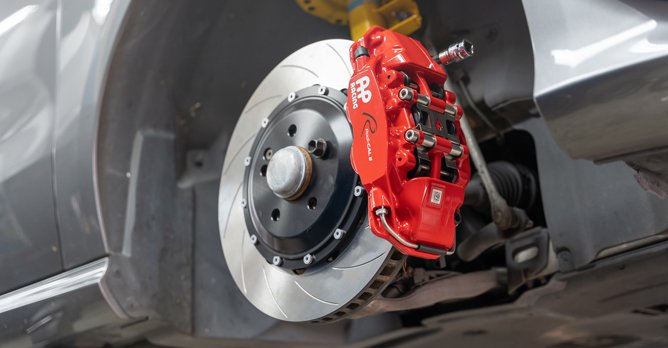
If you think a BBK is overkill, you can still enhance braking by swapping your stock pads for high-friction ones and changing the stock lines to braided ones. For street driving, this is enough.
Rubber matters

Tyres are the only constant link between your car and the road, so it makes perfect sense to swap your regular or touring tyres for sportier ones. With their higher levels of grip and stiffer sidewalls, you can truly maximise your new handling setup.
The only downsides to high-performance tyres are higher wear rates and a slightly bumpier ride. But the advantages - which include shorter stopping distances, especially in wet weather - are worth the cost.
Looking for other ways to improve the way your car drives? These stories may interest you
6 performance mods to make your car faster on track
How to improve stopping power
The downsides of a big brake kit
5 types of aesthetic modifications you should do
Different types of body kits to choose from
Having a car with lots of horsepower and snappy acceleration is great, but there's no point if all it can do is go fast in a straight line. Most cars can do that without any issue.
However, not every model offers nice handling out of the box. Most cars need a few upgrades to enhance their ability to tackle corners.
Now, even if serpentine mountain roads don't exist on our island, there are still numerous bends and slip roads everywhere. So, if you want a bit more driving pleasure as you round them, here's how to go about it.
Going low
The first step to improving your car's handling is to enhance its stability by lowering its centre of gravity. There are two ways of going about this: lowering springs or coilovers.
Opting for the former is more cost-effective, as springs can be relatively inexpensive. If you're only changing your vehicle's ride height, that means you retain the stock dampers (shock absorbers). This preserves ride comfort.
Aimed at more advanced users, coilovers typically allow the adjustment of compression and rebound, thereby letting you tailor the suspension to your specific requirements.
Camber time

Positive camber means the wheels will 'stick out' whereas negative camber 'tucks them in'. On a hoist, they will look like they're slanted towards the centre of the car This is done so you car can exert more grip when cornering.
Too much negative camber angle, however, will result in reduced grip when driving in a straight line, as the tyres' contact patches are also at an angle and not facing directly downwards. It could also lead to irregular wear patterns.
Harder mounts and bushings
If you've already lowered your car and gave it some negative camber, but still find there's still room for improvement, then it's time to swap your stock engine mounts and suspension bushings for stiffer ones.
Stiffer engine mounts and suspension bushings reduce flex under acceleration, helping the engine transmit its power a bit more efficiently.
It's like riding a bicycle with a carbon fibre frame: You (the engine) can transmit power (pedal) more efficiently to the wheels because less energy is lost through flexing.
Anti-roll movement
Another component you must consider is the anti-roll bar. It's typically a cylindrical piece of metal that connects both ends of the axle. When installed, it resists 'roll' by making both wheels go up and down at the same time.
Aftermarket anti-roll bars reduce the amount of leaning around corners, thus making your car feel more responsive.
The downside is that when you hit bumps or large potholes, the force that one wheel is subjected to will be transferred to the opposite one, which can lead to a jarring ride.
Better braking

If you think a BBK is overkill, you can still enhance braking by swapping your stock pads for high-friction ones and changing the stock lines to braided ones. For street driving, this is enough.
Rubber matters

Tyres are the only constant link between your car and the road, so it makes perfect sense to swap your regular or touring tyres for sportier ones. With their higher levels of grip and stiffer sidewalls, you can truly maximise your new handling setup.
The only downsides to high-performance tyres are higher wear rates and a slightly bumpier ride. But the advantages - which include shorter stopping distances, especially in wet weather - are worth the cost.
Looking for other ways to improve the way your car drives? These stories may interest you
6 performance mods to make your car faster on track
How to improve stopping power
The downsides of a big brake kit
5 types of aesthetic modifications you should do
Different types of body kits to choose from







